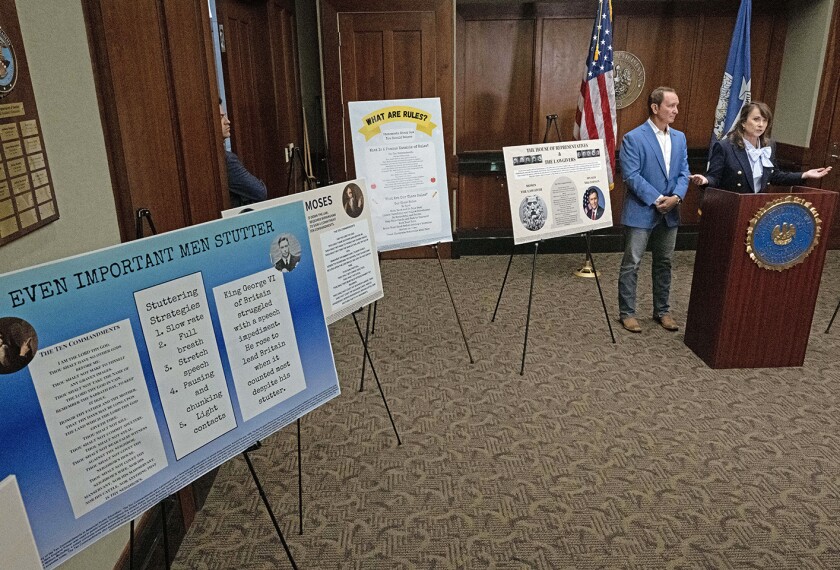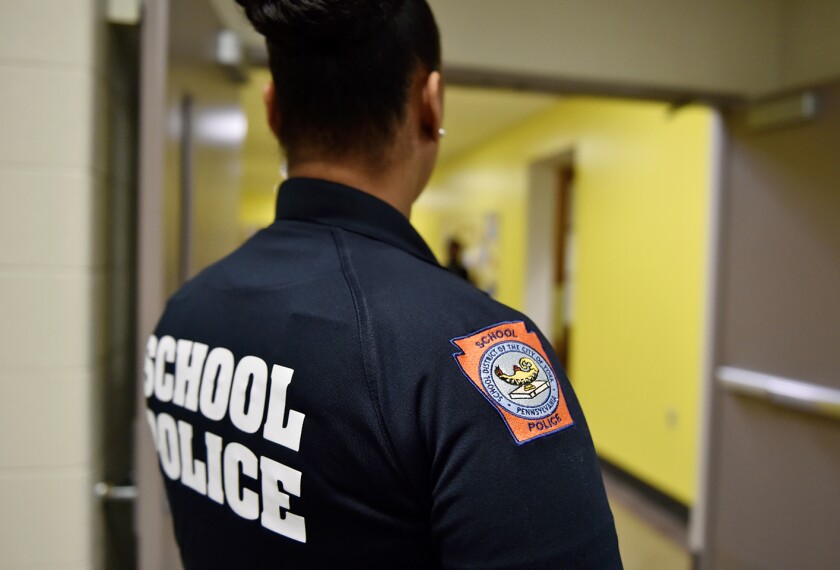The U.S. Department of Education will use a phased approach to roll out the Free Application for Federal Student Aid, or FAFSA, this fall, in hopes of being able to address technical glitches before the revamped form becomes available to all students by Dec. 1.
The federal agency on Aug. 7 outlined its more gradual approach for rolling out the form that helps students apply for federal grants, and that colleges and universities use to determine students’ financial aid packages, after the rollout of last year’s form was dominated by major technological glitches and other defects.
Republicans in Congress, meanwhile, criticized the agency for a delayed rollout of the crucial form for the second year in a row.
Under the gradual rollout, a subset of students will have access to the 2025-26 FAFSA starting Oct. 1, the Education Department said. The department will monitor that group’s experience submitting the FAFSA for any technical problems and other hiccups to ensure the software the department uses to collect and process forms is operating smoothly by Dec. 1 for the universal rollout.
The new timeline is the Education Department’s attempt to prevent major problems after the botched 2024-25 FAFSA rollout caused significant delays for students across the country, Education Secretary Miguel Cardona said in an Aug. 7 call with reporters. The original goal of the FAFSA rollout was to modernize the system and make it easier for students and their families to access, he said.
“We can’t reach our potential if we normalize the mediocre results FAFSA provided us the last 40 years,” Cardona said. “And we’re not shying away from disrupting a broken system of financial aid.”
But delays and technical flaws dominated the 2024-25 rollout, depressing the number of FAFSA applicants earlier this year. As of March, there had been a 40 percent drop in FAFSA submissions compared to the same time in 2023. The Education Department said the submission gap has since narrowed to a 4 percent drop.
In conversations with students, families, educators, university leaders, and lawmakers, the Education Department asked whether it would be preferable to give all students access to the 2025-26 FAFSA application on Oct. 1, knowing there might still be some technical problems, or to deliver it in phases to allow the department time to fix glitches as they arise, Cardona said.
“They overwhelmingly preferred the department have a Dec. 1 launch date of a FAFSA form they could have full confidence in,” Cardona said. “They wanted to know that when students submit their applications, their forms will be processed quickly and data will be accurately sent to schools within days.”
The department didn’t share specifics on how it will choose which students will gain access to the form starting Oct. 1, but officials said the students who are chosen will represent the demographic makeup of the broader population. With the form only becoming universally available by Dec. 1, not all students will have access to the form in time for early decision application deadlines. Students who apply to a college early decision agree to attend that college if accepted.
Republican lawmakers criticize new timeline
Shortly after the Education Department announced its new timeline Wednesday, Republicans in Congress criticized the Biden administration for failing to open the FAFSA form to all students by Oct. 1 for the second year in a row.
“We saw last year that colleges cannot create financial aid packages without timely FAFSA information,” said Sen. Bill Cassidy of Louisiana, the ranking Republican on the Senate Health, Education, Labor, and Pensions Committee. “Many students may forgo college when they cannot choose a school because they do not know their eligibility for student aid.”
There is no law requiring that the department open FAFSA applications by Oct. 1, but the federal government has traditionally started the FAFSA cycle on that date. Cassidy and Rep. Erin Houchin, R-Ind., introduced legislation in July that would require the Education Department to make the FAFSA available starting Oct. 1 of each year.
Many universities factor the traditional Oct. 1 start date into their financial aid processes, and most colleges have early decision application deadlines by Nov. 1, according to the College Board.
While the deadline is later than usual, it still allows time for states, colleges, and universities to adapt their processes, department officials said during Thursday’s call.
The Education Department has also heard from universities and states that they won’t make financial aid determinations before the application is open to everyone, the department officials said.
Disclaimer: The copyright of this article belongs to the original author. Reposting this article is solely for the purpose of information dissemination and does not constitute any investment advice. If there is any infringement, please contact us immediately. We will make corrections or deletions as necessary. Thank you.







